Today's problem to solve:
How to minimize
graphical content delivery over the internet
to make your site faster
and more sustainable.
Photoshop, HTML, CSS
We will learn:
- Choosing the optimal file format
- Re-crispify shrunken images
- Deliver the optimal image file
- Responsive art direction
Why optimizing images for the web?
- Limited mobile data plans
- Cellular coverage (low bandwidth)
- Speed
- Sustainability
Image formats
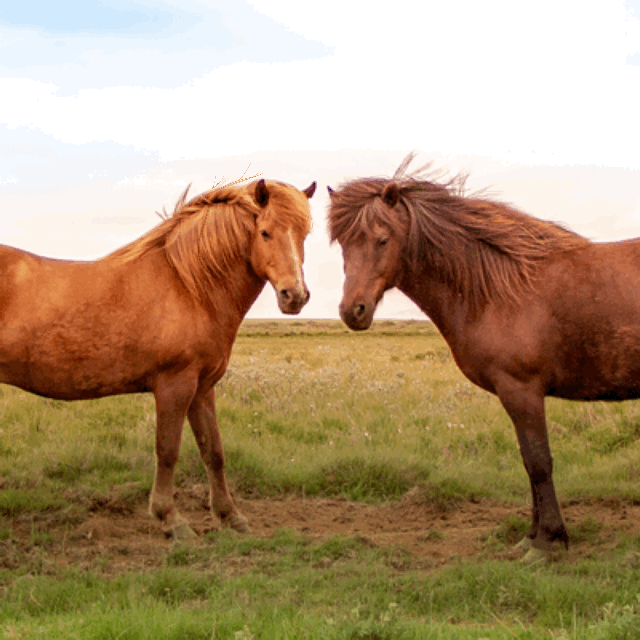
.jpg
.gif
.png
.svg
jpg
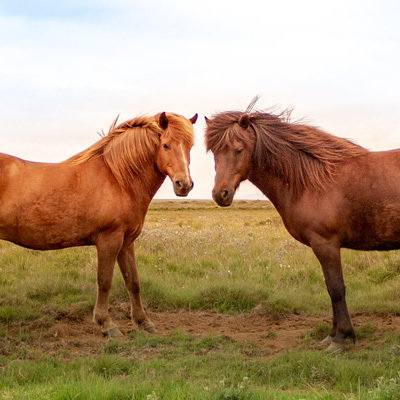
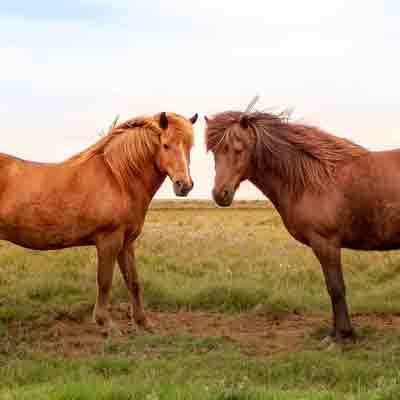
quality: 8/10 (67Kb)
quality: 1/10 (8Kb)
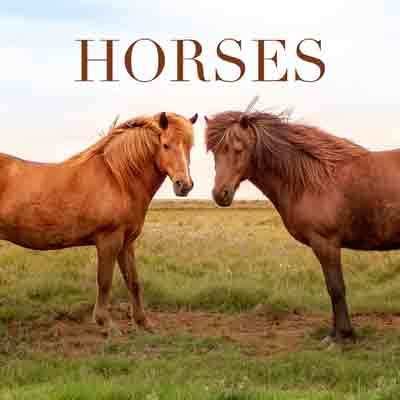

- Good compression for photos
- Bad compression for text
Use for photos
gif
max 256 colors, can be animated

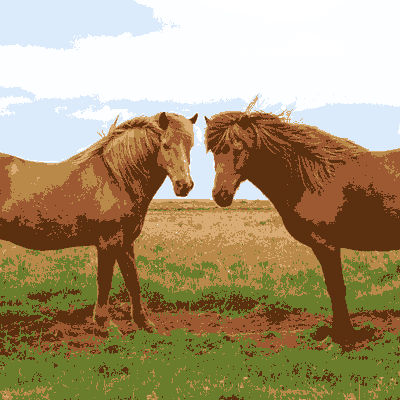
256 colors (92Kb)
8 colors (18Kb)
- Max 256 colors
- Can be animated
- Can have 1 transparent color
Use for text/graphics/ animations
png
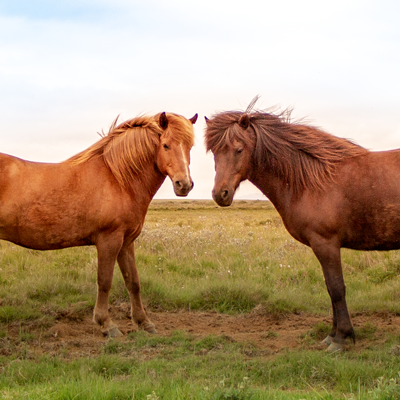
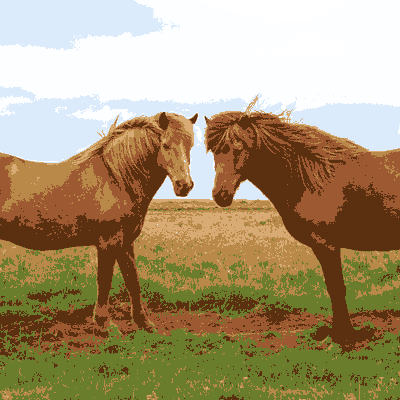
24 bit (248Kb)
8 bit, 8 colors (18Kb)

PNG-24
- No compression
- Can have alpha channel
- Large file sizes
Use for text/graphics with transparency
PNG-8
- Same as GIF
- But no animation*
Use for text and graphics
Shrink further: https://squoosh.app
svg
Scalable Vector Graphics

- Vector based graphics
- Scalable
- Small file size*
Use for illustrations,
text and graphics
Apologies for the ugly drawing
shrink further: SVGOMG
WebP
The best from GIF, JPG and PNG
About: https://developers.google.com/speed/webp
Browser Support: https://caniuse.com/#feat=webp
AVIF
Even better than WebP
but support is yet far from usable
Photoshop optimization

Photoshop re-crispify
Changing size of an image, blurs it

bicubic smoother
bicubic sharper
bilinear
bicubic
nearest neighbour
Photoshop re-crispify
Make it sharp again with Filter/unsharp mask

Low radius
High amount
Increase to remove noise
Photoshop optimization
Step #1 Select a file format

Photoshop optimization
Step #2 choose compression


Photoshop optimization
Step #3 check size vs quality

Responsive image techniques
- prevent browsers on small screens from downloading more image data than they need
- give high-resolution displays on fast networks, images large enough to look extra-gorgeous
- serve differently cropped images for different contexts
What CSS
media queries can do
(change background images)
.image-container {
background-image: url('low-res.jpg');
}
@media (min-width:720px) {
.image-container {
background-image: url('hi-res.jpg');
}
}Responsive images
with HTML
<img src="low-res.jpg" alt="" srcset="" sizes=""><picture>
<source srcset="" media="">
<source srcset="" media="">
<img src="low-res.jpg" alt="">
</picture>
A pixel is not a pixel
(pixel density - screen resolution)
1 CSS pixel or Reference pixel
4 or 9 actual pixels on the device screen

1 CSS pixel = 1pt = 1/72 inch
but first...
the srcset attribute
as supplement attribute to the img element
- There are two use cases for the srcset attribute on <img>,
to provide alternative image files for screens with different:- pixel density (resolution)
- sizes (browser/viewport width)
- It's up to the browser to choose which file to use.
- You cannot control it, only advice via descriptors
the srcset attribute
use case #1 –screen resolution alternatives
- The value of srcset is a comma-separated list of options
- Each item in that list has two parts
- the URL of an image file
- an x-descriptor that specifies the resolution
Device-pixel-ratios
<img
src="images/horses_lowres.jpg"
alt="icelandic horses"
width="400"
srcset="images/horses1x.png 1x,
images/horses2x.png 2x"
>the srcset attribute
use case #2 –screen size alternatives
- same as previous slide but...
- the URL of an image file
- a w-descriptor that specifies the width of the image file in pixels
screen size
you also need to use the sizes attribute to tell the browser the approximate size that the image will appear in the page’s layout
<img
src="images/horses_lowres.jpg"
alt="icelandic horses"
srcset="images/horses_small.png 400w,
images/horses_large.png 800w"
<!-- One more thing is needed.
See next slide -->
>the sizes attribute
sizes="(min-width: 480px) 50vw, (min-width: 768px) 33vw, 100vw"

- Used with srcset if you have a w-descriptor
- The value of sizes is a comma-separated list of options
- Each item in that list has two parts
- a media query
- the approximate width the image will occupy
screen size
the srcset & sizes attributes
the combo for alternative image sizes based on viewport width

<img
src="images/horses_lowres.jpg"
alt="icelandic horses"
srcset="images/horses_small.png 400w,
images/horses_large.png 800w"
sizes=" (min-width:480px) 50vw,
(min-width:960px) 33vw,
100vw"
>the picture/source element
Take control over what image gets loaded when
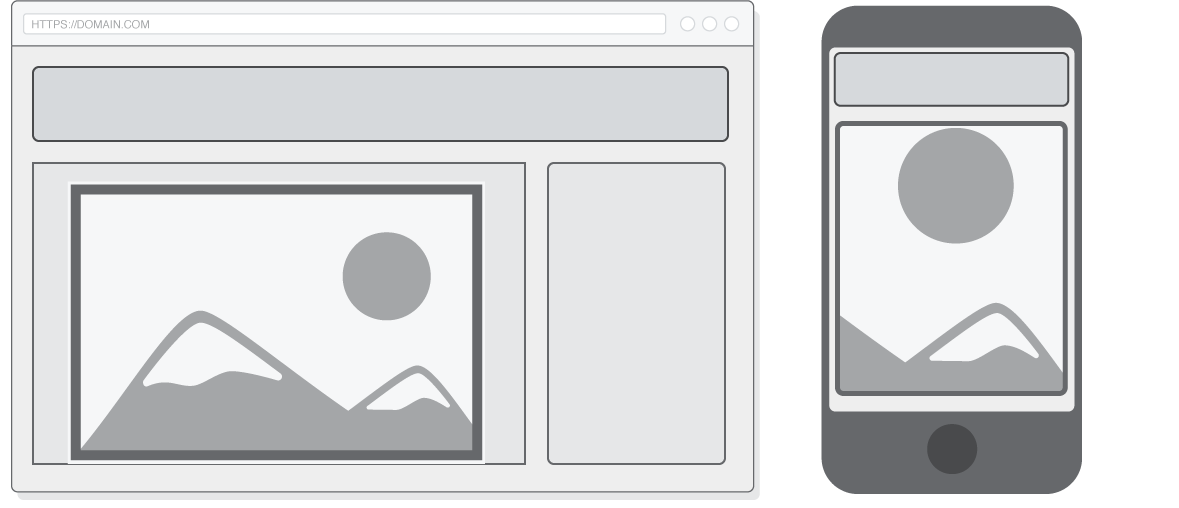
- Crop an image in multiple ways for different situations.
- decide when to use what file, based on media queries
the picture/source element
Take control over what image gets loaded when

<picture>
<source media="(min-width: 600px)" srcset="mountains_desktop.jpg">
<source media="(orientation:portrait)" srcset="mountains_portrait.jpg">
<img src="mountains_lowres.jpg" alt="mountains in the horizon">
</picture>Use it for WebP - images
only browsers with support for that type will show it
<picture>
<source srcset="WebPImage.webp" type="image/webp">
<source srcset="creakyOldJPEG.jpg" type="image/jpeg">
<img src="lowres.jpg" alt="">
</picture>One more thing...
loading="lazy"
<img src="below_the_fold.jpg" alt="" loading="lazy">Only load images that are about to be scrolled into view
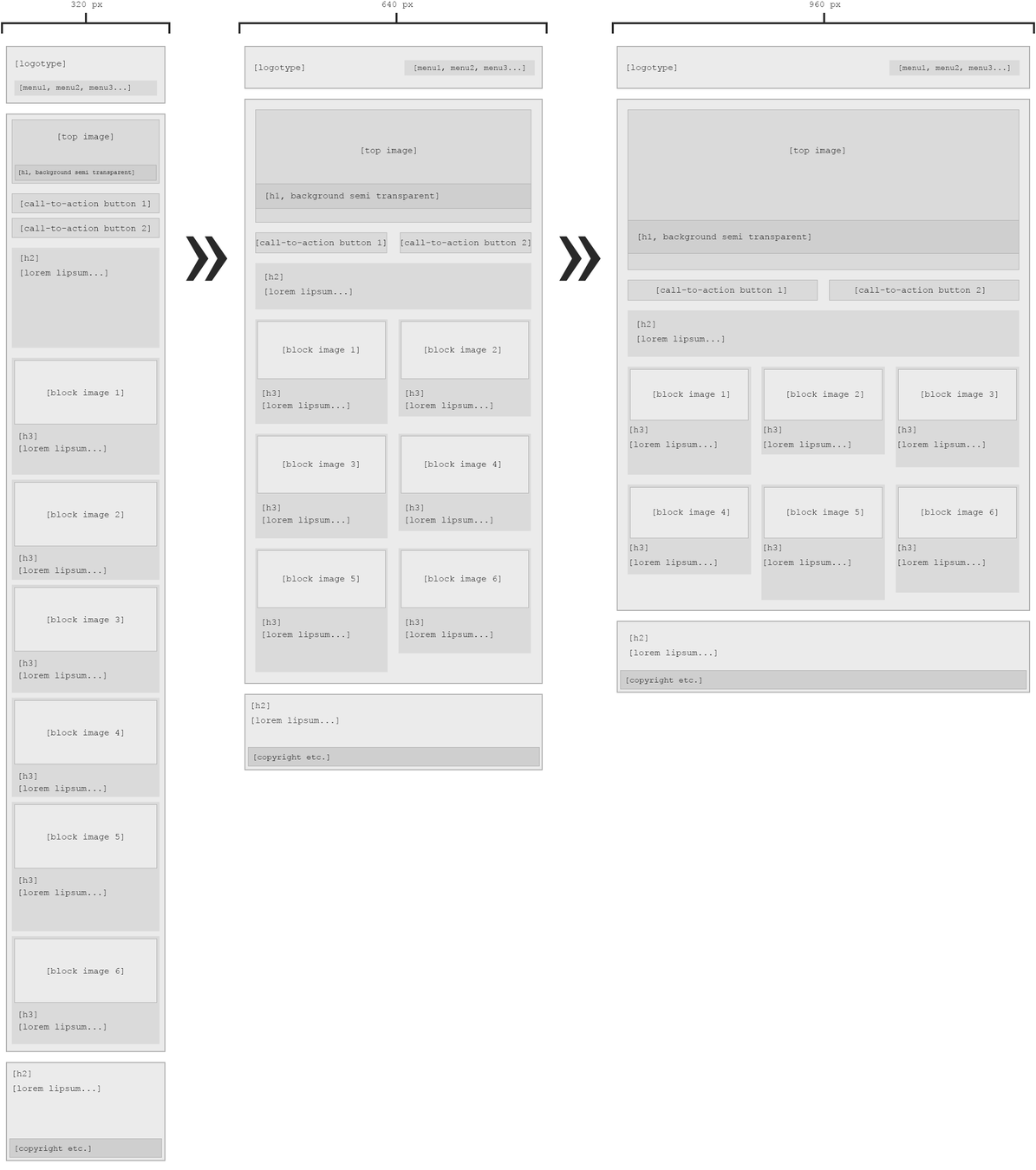
Lab 4
Make a responsive web page
based on these wireframes
You pick the design
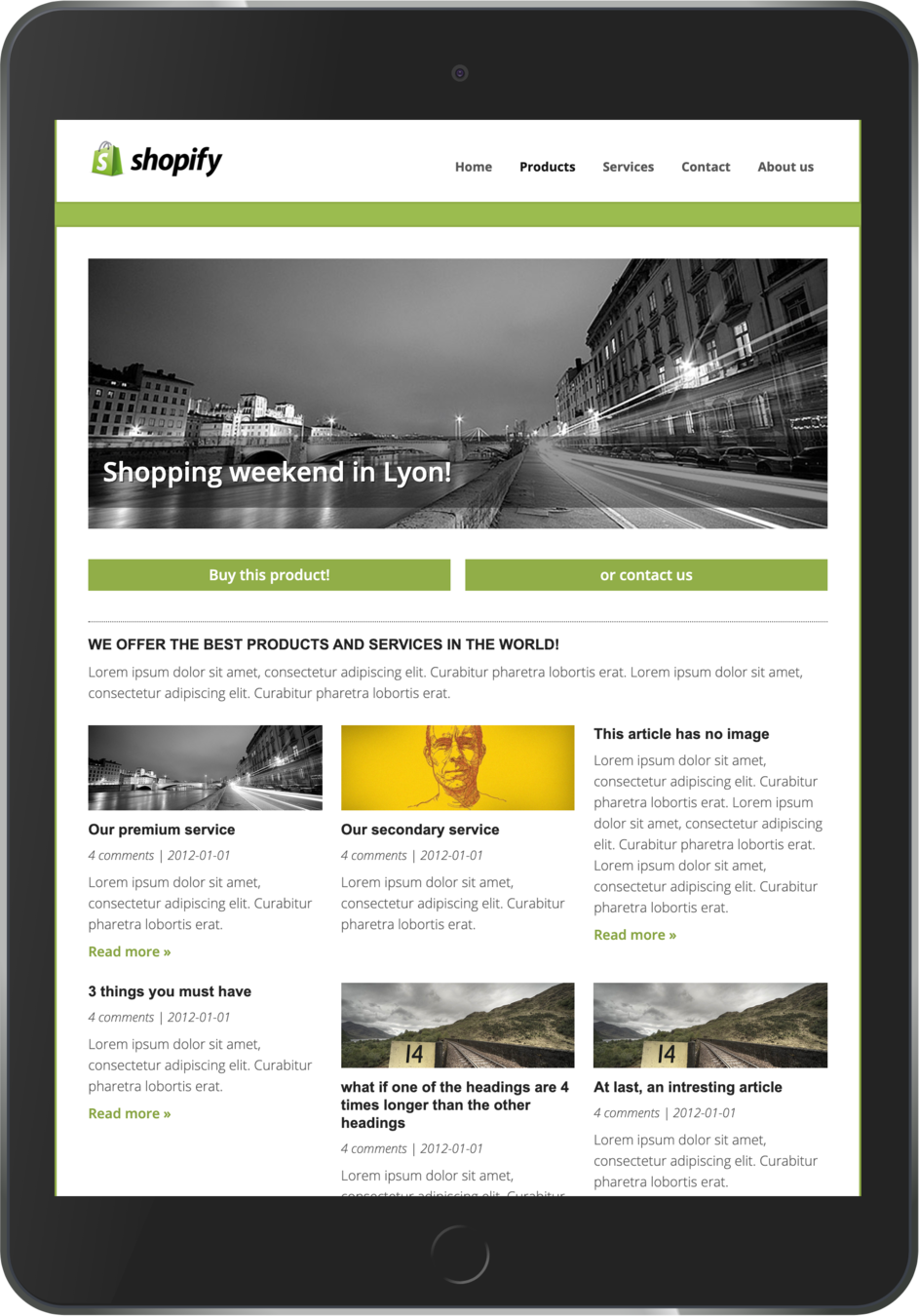
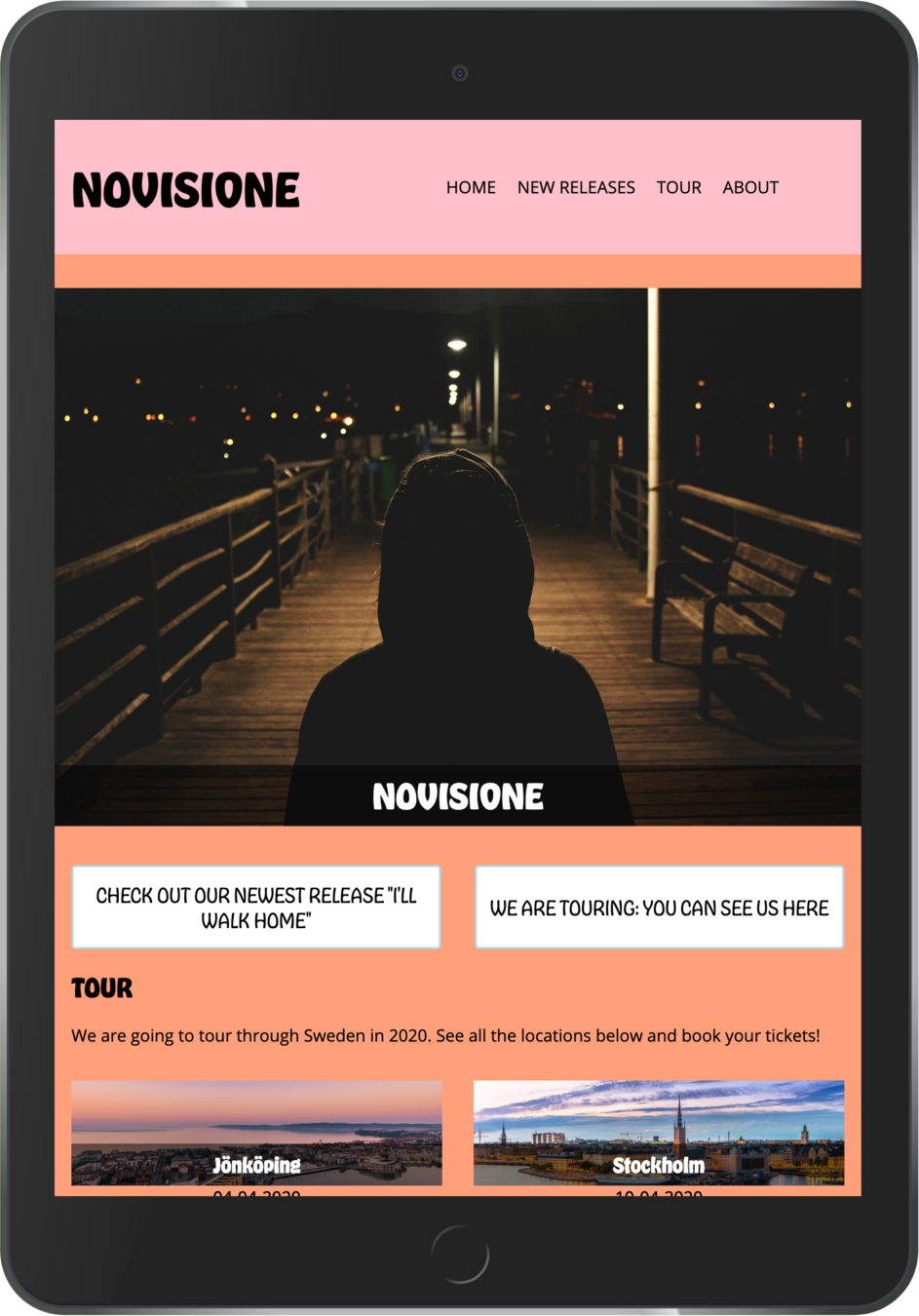
Till next time
Read Chapter 18
